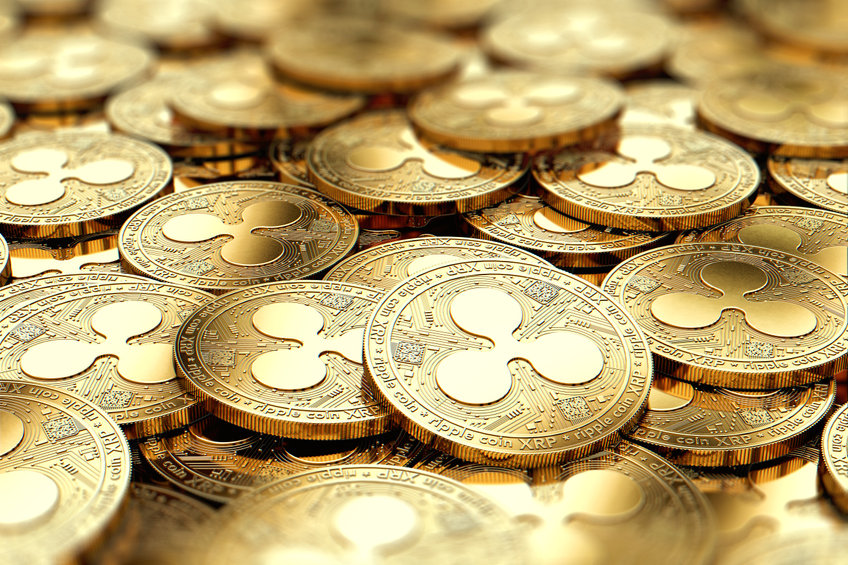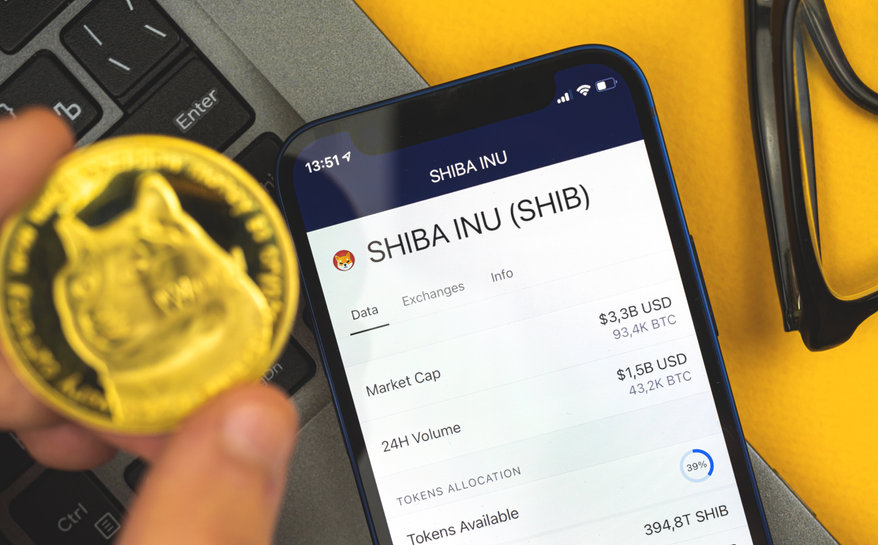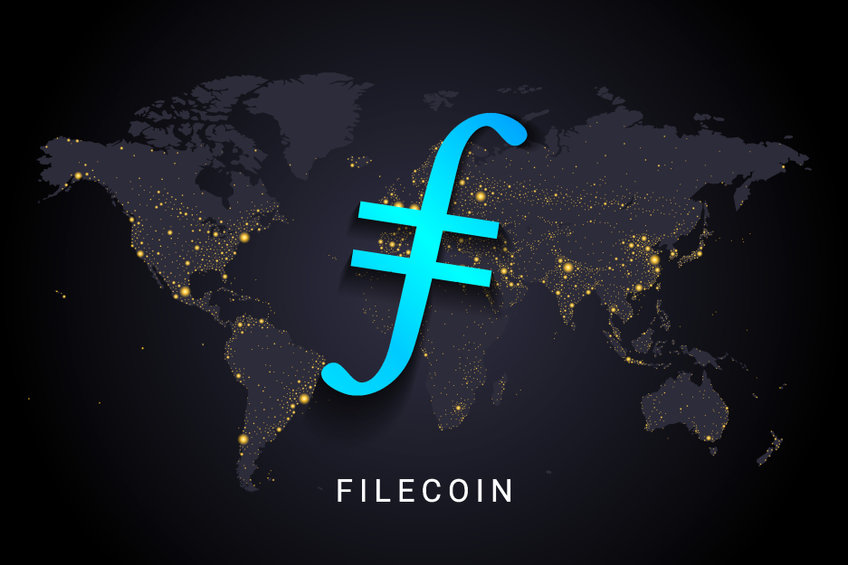
The bear run is about to be overtaken by the bull but before that happens, check these coins out and bag them in abundance.
1. Chainlink (LINK)
Chainlink is a pioneer of the oracle blockchain. It consists of nodes that support the transfer of data from off-chain sources to smart contracts. Due to its big data functionality, it has partnered with the likes of Google Cloud, Swisscom, AccuWeather, and so on. Also, it has integrated a protocol to aid inter-blockchain messaging, data, and token transfers.
It plans to be the source of reliable and tamper-proof data for on-chain networks. You can bag a reasonable amount of LINK now as it costs $18.21 right now. LINK is the native token used for rewarding node operators, among other things. It had a good run in 2021, reaching an ATH of $52.70 in May.
2. Ripple (XRP)
Ripple is another coin to buy its dip as many investors believe it will increase drastically peradventure it wins its case with the Securities and Exchange Commission (SEC).
Ripple is one of the platforms that made transactions between cryptocurrencies and fiat currencies possible. It supported the onboarding of banks, central authorities, and financial middlemen into the crypto space.
It plans to substitute the traditional international money wiring with its low fees and high-speed platform. XRP serves as the liquidity provider for transactions on the platform. It costs $0.86 as of today, with a market cap of $41.6 billion.
3. Cardano (ADA)
Asides from being tagged an Ethereum killer, many believe it’s can directly compete with Bitcoin. Cardano is an open-source platform that makes use of a peer-review consensus mechanism called Ouroboros.
It is made of two layers- the settlement layer for settling transactions and the computation layer for running smart contracts. It boasts of low fees and high throughput alongside being flexible and energy-efficient.
It recently launched a decentralised exchange, SundaeSwap, for conducting exchanges in its ecosystem. ADA is used to maintain the network as a governance token and to settle transactions. It costs $1.19 with over 32 billion in circulation. It is ranked 7th with a market cap of $37.9 billion.
4. Terra (LUNA)
LUNA is the native token of Terra, a blockchain where stablecoins can be created and exchanged amidst other things. It supports a global payment platform using stablecoins stabilised by smart contract algorithms. LUNA is used to reward validators and can be staked for rewards.
It is worth $55.75 right now after dropping by 46.1% from its ATH ($103.34) in December 2021.
5. Polygon (MATIC)
Polygon is a layer-2 blockchain created to solve the speed, security, efficiency, and interoperability problems of the Ethereum network. It works with the Ethereum Virtual Machine, thereby capable of hosting smart contracts. It comprises zk-Rollups, Optimistic Rollups, Validium Chains, and so on.
MATIC is the native token used to settle gas fees, participate in governance, and for staking. MATIC is currently worth $1.95 with a max supply of 10 billion. It has a market cap of $13.4 billion.
Before you go ahead to buy the dip, do intensive research to avoid ending in a deeper dip. Cryptocurrency investment is very risky, deal wisely, and don’t put all your eggs in a basket.
The post 5 Best coins to buy the dip in February appeared first on Coin Journal.




